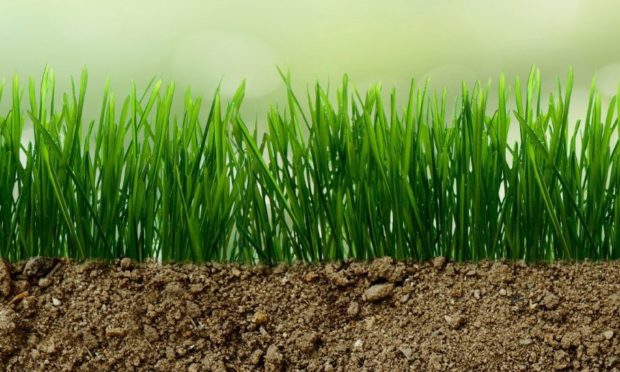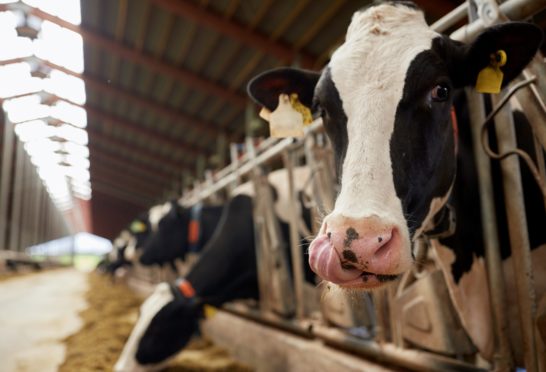Dairy giant First Milk has launched a pioneering project to help its farmer suppliers measure the amount of carbon stored in their soils.
The Glasgow-headquartered farmers’ co-operative has teamed up with global food giant Nestle and Dundee-based decarbonisation company Agricarbon for the project. It will be guided by soil ecologist and honorary associate at the James Hutton Institute, Dr Helaina Black
First Milk said the project will initially involve 40 farmers, located in south-west of Scotland and Cumbria, with the aim of expanding to 100 farmers across the UK by the end of the year.
Agricarbon’s state-of-the-art machinery will be used to carry out intensive soil carbon analysis – an approach First Milk says will enable its farmer suppliers to quantify the amount of carbon they sequester in their soil over time.
The move comes less than a week after First Milk announced plans to become a carbon net-zero company by 2040 and to sequester 100,000 tonnes of carbon in soils each year by 2025.
“Having robust, scientifically-validated soil carbon data is absolutely critical to the successful delivery of this strategy, and we look forward to collaborating with Nestle and Agricarbon as we roll out this ground-breaking initiative,” said First Milk’s sustainability director, Mark Brooking.
“Moving forward, we’ll be working with all of our farmer members and external advisers, using this data to understand soil carbon levels and inform the development of practical regenerative plans for farms that capture additional soil carbon through sequestration, while maintaining and enhancing productivity and efficiency.”
Annie Leeson from Agricarbon said the project represented a “breakthrough in the visibility of soil carbon stock” for UK farmers.
She added: “Agricarbon’s baseline will provide the ideal foundation for First Milk farmers to demonstrate their commitment to proactive soil stewardship and the soil carbon sequestration they can achieve as a result.”
Nestle UK’s responsible sourcing manager, Robin Sundaram, said the company was committed to supporting farmers in its supply chain implement regenerative agricultural practices to improve soil health and increase soil carbon sequestration.
He said: “This pioneering project with First Milk and Agricarbon will enable us to build a scientifically-robust baseline dataset on soil carbon levels, allowing us to accurately determine the effectiveness of regenerative practices over time in capturing additional soil carbon.”

